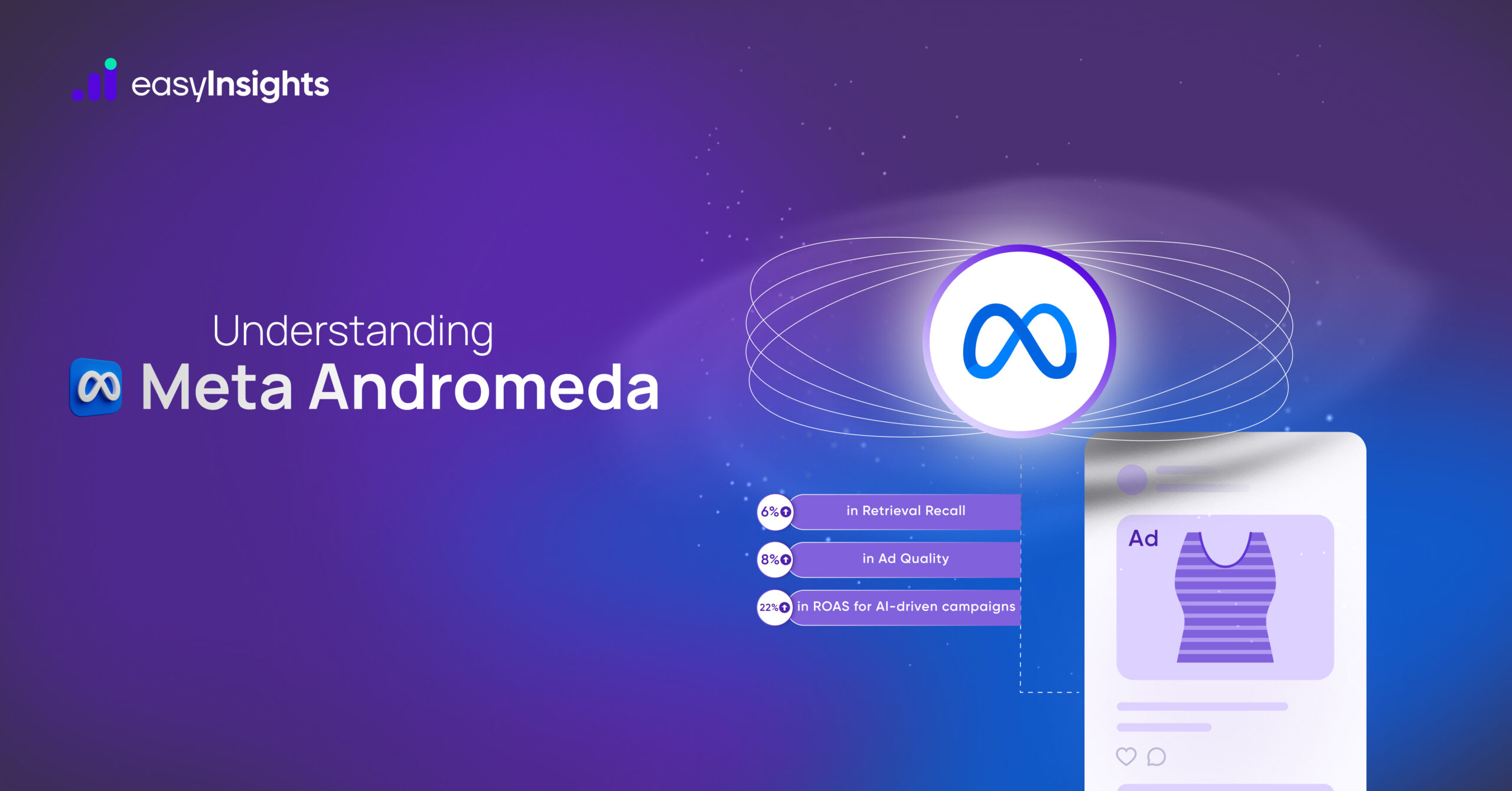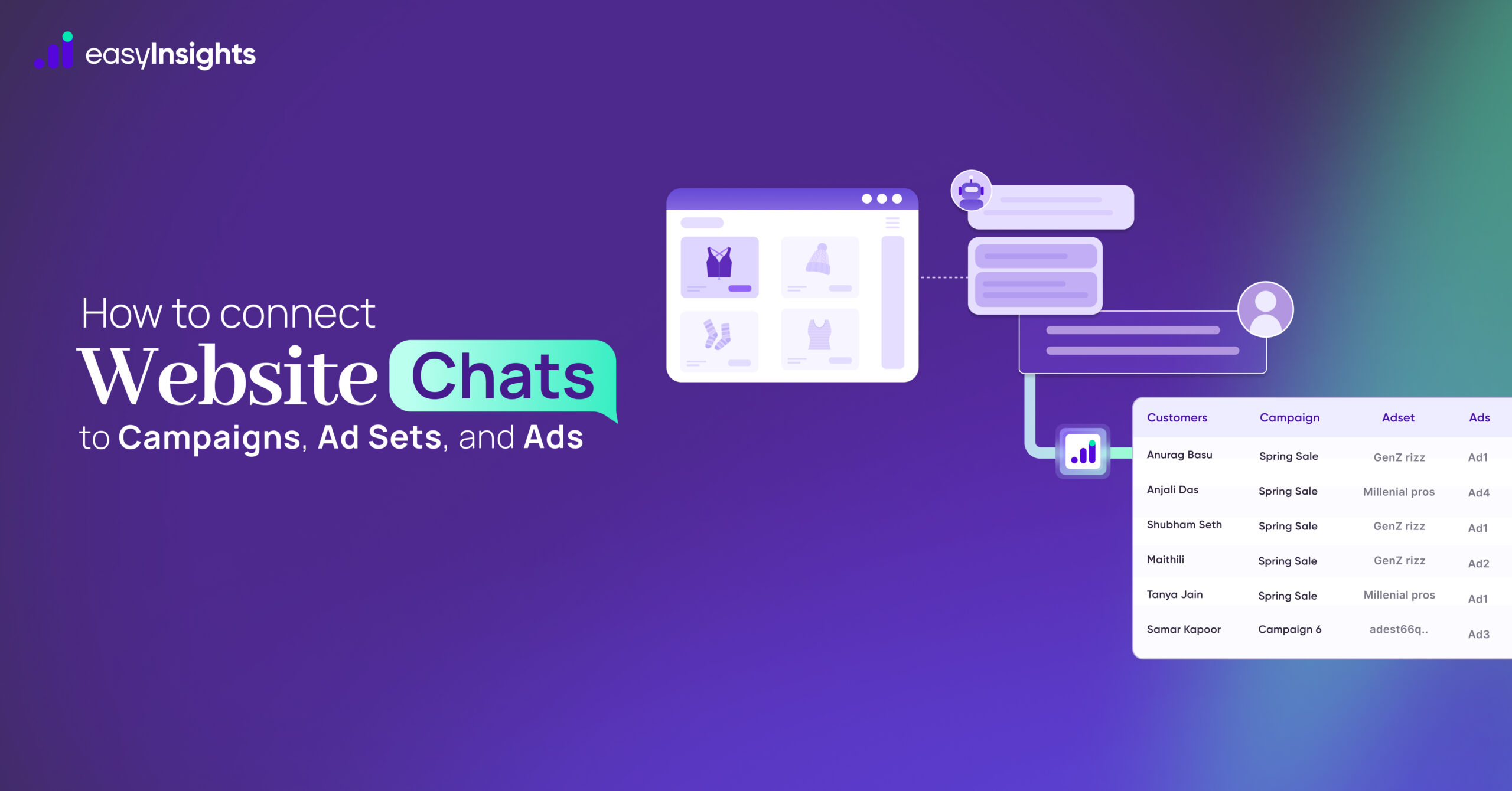
In today’s hyper-competitive digital landscape, simply running ads or sending emails isn’t enough. Customers expect personalised, timely, and relevant experiences no matter where they interact with your brand. That’s why more and more businesses are turning to CRM (Customer Relationship Management) systems to supercharge their marketing strategies.
A CRM isn’t just a contact list or sales tool anymore. It’s a powerful data engine that helps marketers understand their audience, personalise content across channels, and make data-driven decisions that actually move the needle. Whether you’re looking to improve targeting, reduce wasted ad spend, or boost engagement, CRM can be the game-changer your campaigns need.
In this blog, we’ll walk you through exactly how to use CRM to optimise your digital marketing efforts from smarter targeting and automation to personalisation and performance tracking. Let’s dive in.
Jump ahead to:
What is a CRM
CRM stands for Customer Relationship Management. In simple terms, it’s a software tool that helps brands keep track of their customers and the way they interact with them. Imagine you own a small shop. You might write down your regular customers’ names, what they usually buy, and when they last visited, so you can give them better service next time. Now imagine doing that for hundreds or thousands of customers. That’s what a CRM system does digitally, and on a much bigger scale.
So, what does a CRM do?
- It stores customer information like names, emails, phone numbers, purchase history, and preferences.
- It keeps track of every interaction, whether a customer sent an email, called customer service, or clicked on a product online.
- It organises everything in one place, so anyone from your team, marketing, sales, or support, can access the same information.
- It helps you understand your customers better, so you can personalise your communication, send relevant offers, and build stronger relationships.
CRM helps brands stay connected with customers, work more efficiently, and grow faster, all by using the power of customer data.
Also read: What is Facebook CAPI (Conversions API)
CRM Data for Smarter Digital Marketing
Your CRM (Customer Relationship Management) system isn’t just a tool for managing sales pipelines, it’s a central repository of first-party data that can dramatically improve the performance of your marketing campaigns. By integrating CRM data with your ad tech stack, you can personalise communication, improve targeting precision, and optimise campaign outcomes.
Let’s break down how marketers can use CRM data to fuel advanced marketing workflows and conversions.
1. Powering Campaigns with First-Party Data
CRMs collect structured, consent-driven data across the entire customer lifecycle. This includes:
- Identifiers: Name, email, phone number, IP address, device ID
- Demographics: Location, company size, job role
- Behavioural Data: Website interactions, email opens/clicks, product views, cart activity
- Transactional History: Purchase value, frequency, AOV (average order value)
- Lifecycle Stage: Lead, MQL, SQL, Customer, Churned, Reactivated
How does this power your digital marketing?
- Better Conversion Tracking & EMQ: By pushing hashed CRM data to Meta CAPI or Google Enhanced Conversions, you send back verified conversion events (like purchases or SQLs). This improves Event Match Quality (EMQ), which directly enhances attribution accuracy and signal strength.
- Campaign Optimization Learning: Higher EMQ means platforms like Meta and Google receive cleaner, matched conversion signals. This allows their algorithms to better understand who is converting, which improves lookalike modeling, audience expansion, and bidding efficiency.
- Full-Funnel Visibility: Track conversions beyond the cookie window using server-side integrations (e.g., Meta CAPI Gateway, Google’s gTag server container), tying anonymous ad clicks back to known CRM profiles especially on iOS and privacy-restricted environments.
- Personalised Campaigns at Scale: Tailor ad messaging, email flows, landing pages, and on-site experiences based on lifecycle stages, behavioural data, and past purchases, all pulled from your CRM.
2. Smarter Audience Segmentation and Targeting
CRM data enables precision segmentation that goes beyond interest- or intent-based signals.
A. Exclusion Lists
CRM data enables marketers to build dynamic exclusion lists that automatically suppress users from seeing irrelevant or redundant campaigns. These lists can be synced with ad platforms like Meta Custom Audiences or Google Customer Match using hashed identifiers (email, phone, etc.).
Why it matters:
- Reduce Wasted Spend: Avoid allocating budget to users who are unlikely to convert or who have already converted.
- Protect User Experience: Prevent ad fatigue and negative brand perception by suppressing overexposed segments.
- Maintain Relevance: Exclude segments based on lifecycle stage, churn status, engagement score, or opt-out flags.
These lists can auto-refresh on a schedule via API-based syncs or data connectors.
B. Advanced Retargeting
With CRM-integrated marketing, retargeting evolves from broad cookie-based logic to event-triggered, persona-driven segmentation.
Use CRM signals to:
- Activate campaigns based on behavioural triggers: Trigger remarketing flows when users perform key actions (e.g., product engagement, demo requests, or cart additions).
- Filter by lead stage or qualification level: Use lead scoring models to identify warm opportunities and align ad messaging accordingly.
- Run time-decay reactivation: Identify users who have gone cold over a defined time window and push them into re-engagement workflows.
CRM retargeting can operate across both paid (Meta, Google) and owned (email/SMS) channels, ensuring a cohesive multi-touch experience.
C. Lookalike and Similar Audience Expansion
Instead of using generic customer exports, high-performing seed audiences should be strategically segmented using CRM intelligence before building Lookalike or Similar Audiences.
Best practices include:
- Use high-value subsets: Build seeds from top-performing cohorts using CLTV, engagement scores, or RFM segmentation logic.
- Maintain data hygiene: Exclude low-quality or disqualified leads from seed files to improve model precision.
- Refresh seeds periodically: Update audiences based on evolving performance data and customer attributes for continuous optimisation.
3. Event-Based Personalization & Real-Time Activation
CRMs enable businesses to track both micro and macro conversion events—custom-defined actions that reflect user intent and engagement across the funnel. These custom events can be planned, structured, and activated across marketing automation systems and paid media platforms in real time.
Custom Event Planning
You can define custom events within your CRM based on meaningful user interactions that align with your business objectives. These events should be mapped to different funnel stages, assigned weights, and integrated into your broader lead qualification or customer journey logic.
Event planning can include:
- Establishing event taxonomies across lifecycle stages
- Assigning engagement scores or business impact values
- Mapping each event to corresponding automation or media actions
Campaign Optimisation Through Events
Once tracked, these events can be used to:
- Trigger Automated Journeys: Real-time workflows can be activated across email, SMS, or ad channels as soon as the event is recorded.
- Score and Qualify Leads: Events feed into lead scoring models, which help filter high-intent users for specific campaigns or sales routing.
- Optimise Funnel Messaging: Campaigns can dynamically adapt based on the user’s latest engagement state serving the right message to the right segment.
- Sync Lifecycle Data with Ad Platforms: By pushing custom event data into platforms like Meta (via CAPI) or Google Ads (via Enhanced Conversions or Offline Conversions), you can tailor targeting, bidding, and creative delivery.
This event-driven strategy ensures that both marketing and sales teams engage users based on real-time signals—improving conversion rates, reducing lag, and aligning media investment with actual buyer behaviour.
4. CEP Integration for Engagement
Customer Engagement Platforms (CEPs) like Klaviyo, MoEngage, CleverTap, WebEngage allow you to deliver consistent, contextual experiences across channels like email, push notifications, in-app messages, SMS, and WhatsApp. Your CRM acts as the data source of truth, while the CEP is the activation layer.
How it Works:
- Data Sync: Push segmented CRM data—including custom attributes, events, lifecycle stages, and scores—into the CEP in real time via API, webhook, or integration middleware (e.g., Segment, Zapier, CDP).
- Journey Orchestration: Use this synced data to create dynamic workflows and journeys inside the CEP, where users receive channel-specific messages based on their latest behaviour, preferences, or status.
- Cross-Channel Activation: CEPs can personalise and time communications across web, mobile, and messaging platforms using CRM-driven conditions and event triggers.
- Real-Time Updates: Any change in CRM (e.g., lead becomes SQL, user churns, CLTV increases) can instantly update user state in the CEP, allowing immediate re-personalisation.
5. Channel-Specific CRM Activation Tactics
Here’s how CRM sync helps across popular digital platforms:
| Platform | CRM Use Cases |
|---|---|
| Meta Ads | Custom Audiences, Lookalikes, Offline Conversions, CAPI Events |
| Google Ads | Customer Match, Enhanced Conversions, Offline Conversion Import |
| LinkedIn Ads | Contact Targeting via CSV/CRM integrations (HubSpot, Salesforce) |
| Email/SMS (e.g., Klaviyo) | Behavioural flows, CLTV-based segmentation, predictive churn alerts |
| WhatsApp / Retargeting | CRM-triggered campaigns based on purchase delay or drop-off |
6. Bringing it All Together: Orchestration
To fully realise CRM’s potential, marketers must orchestrate multi-channel journeys based on CRM signals. For example:
- A lead who views your pricing page → gets added to a retargeting ad set → if they click again but don’t convert → trigger a nurturing email with testimonials → if they click CTA → trigger SQL campaign with demo offer.
This kind of orchestration needs real-time syncing between your CRM and platforms.
Integration Examples:
- Google Ads API + Enhanced Conversions: Fire enhanced conversion events from CRM even if client-side signals fail (cookie blocked, browser limitations).
- Meta CAPI Gateway / Segment Server-side: Automatically pushes CRM stage changes (MQL → SQL → Opportunity) to Meta for precise campaign retargeting.
At EasyInsights.ai, we automate this orchestration by connecting your CRM, ad platforms, and analytics—ensuring your campaigns stay personalised, real-time, and performance-driven.
What EasyInsights Does
EasyInsights helps you track and activate high-quality first-party data across your marketing stack.
- First-Party Data Tracking: Our lightweight pixel collects consented user interactions directly from your website—accurately and privacy-compliantly.
- Server-Side Event Delivery: We send these events to ad platforms like Meta and Google via server-side APIs (CAPI, Enhanced Conversions), ensuring better attribution and event match quality.
- CRM & Offline Event Integration: Connect your CRM and offline conversions (like deals won, store visits, call center leads) to ad platforms—enabling revenue-based optimisation and closed-loop reporting.
- CEP Activation: Automatically sync CRM segments and events to Customer Engagement Platforms (CEPs) for real-time personalisation across email, SMS, push, and more.
EasyInsights turns your data into actionable performance, improving targeting, attribution, and ROI across channels.
Conclusion
In a privacy-first, signal-limited digital landscape, relying solely on pixel-based tracking or generic audience targeting is no longer enough. Your CRM holds the richest, most accurate first-party data—and activating it across ad platforms, CEPs, and analytics is what separates high-performing brands from those burning budget blindly.
If you’re not using CRM-driven strategies, you’re not just missing out on optimisation—you’re handing over efficiency, relevance, and revenue to competitors who are.
EasyInsights makes this transition seamless, helping you track, sync, and activate your CRM and first-party data automatically, without complex setups or manual workflows. The brands that win in the next era of marketing are the ones that own their data, and know how to use it.
Book a Demo with EasyInsights Today!








